Human-wildlife conflict is a shockingly common problem, often with enormous consequences for both individual animals and entire populations.
When human-wildlife conflict comes to mind, you may immediately think of wildlife crime instead - which isn't wrong, since many regions with wildlife crime problems like poaching are also areas where people may frequently deal with human-wildlife conflict, causing the two issues to go hand-in-hand. But human-wildlife conflict is a much broader issue encompassing many ways that human presence and interference can cause problems for us and animals alike. Human-wildlife conflict includes:
- Elephants trampling a farmer's crops, resulting in retaliation
- New real estate developments infringing on ecosystems where predator species live, leading to predators having less territory and less food, which in turn leads to predators attacking domestic animals and livestock
- Freeways dividing the territory of animals like mountain lions, leading to wildlife venturing into neighborhoods or being killed by cars
- Lead bullets used in hunting causing scavengers like condors to die of lead poisoning
These are just a few examples of how humans can negatively impact wildlife, and it's clear to see how many of these scenarios could escalate. Human-wildlife conflict solutions don't just include ways in which we can prevent these issues (for example, through tracking predators, monitoring populations' territories, or building barriers and wildlife crossings monitored by sensors), but also the ways in which we can help people connect with wildlife and care about learning to live alongside them.
If you're interested in solutions that can prevent human-wildlife conflict, join this group and get to know the people who are working to protect and save species around the world!
Header image: Casey Allen on Unsplash
- @Marti09
- | She/her
I'm a PhD student and my research focuses on analyzing patterns in mammals poaching occurrences.

- 0 Resources
- 6 Discussions
- 3 Groups
GreenLab


- 0 Resources
- 20 Discussions
- 8 Groups
- @mtucker
- | She/Her
Interested in large scale patterns in ecology, biogeography & evolution that can aid our understanding of species vulnerability to changing environments.
- 0 Resources
- 0 Discussions
- 4 Groups
As a fresh electrical engineer, I am passionate about leveraging technology for biodiversity monitoring, logging, and poaching detection in tropical regions.
- 0 Resources
- 0 Discussions
- 9 Groups
Zoologist, currently serving as Head of Field Studies at Absolute Adventure (UAE). An environmental education professional with expertise in program development: field studies, wildlife conservation, research-based fieldwork, and outdoor education.
- 0 Resources
- 0 Discussions
- 4 Groups
I'm a PhD student at UW working with the Smithsonian and Center for One Health Research. I develop models to predict and explain zoonotic disease patterns, with a strong emphasis on how these diseases impact wildlife populations and communities sharing the same landscape.

- 0 Resources
- 9 Discussions
- 12 Groups
- @kidogo
- | He/him
Wildlife Researcher
- 0 Resources
- 0 Discussions
- 4 Groups
- @johnjoseph
- | He/Him
I am a mechanical engineer with diverse industry experience and a passion for innovative technology. As a technology and engineering entrepreneur, I focus on creating solutions that blend advanced engineering with a commitment to nature and forest conservation.
- 0 Resources
- 0 Discussions
- 10 Groups
- @tobiaspetri
- | he/him
Schäuffelhut Berger GmbH
data science & algorithmic developmentfor movement ecology



- 10 Resources
- 33 Discussions
- 10 Groups
I am a biologist who is currently studying for a master's degree in Natural Resources and Environmental Management Sciences, IPB University. In terms of biology, I have passionated in community development and wildlife conservation.
- 0 Resources
- 0 Discussions
- 8 Groups
- @machadoams
- | He/Him
Universidade Federal de Santa Catarina (UFSC)
I am a behavioural ecologist interested in the role of individual variation in ecological interactions and in human-wildlife dimensions
- 0 Resources
- 0 Discussions
- 9 Groups
- @Palinda
- | He
Corporate Responsibility Specialist & Sustainability/ Climate Change Professional Helping Conservation, Restoration, Community Livelihood Development ESG strategy and Sustainable Development.
- 0 Resources
- 0 Discussions
- 8 Groups
The winners of our Human Wildlife Conflict Tech Challenge are offering regular updates throughout the year to chronicle their failures, successes and what they learn along the way as they develop their solutions. In...
27 July 2018
As people continue to move into natural habitats, conflicts between human beings and wildlife continue to rise. Although there are a number of early-detection systems and tools in place to prevent human-wildlife...
5 June 2018
Conflict between humans and wildlife is increasing as human communities expand and wild habitats are destroyed, prompting need for new mitigation techniques. As a winner of the Human Wildlife Conflict Tech Challenge,...
19 April 2018
‘The Field’… Say the words ‘The Field’ to a group of conservationists and it will immediately conjure up vivid memories of everything from sticky wet rainforests to burning dusty deserts. What’s more, it’s almost...
17 January 2018
Article
A new research project is looking to investigate whether technology combined with the ancient skills and knowledge of Namibian trackers can help save cheetahs from extinction. Called FIT Cheetahs, the research project...
4 December 2017
We are delighted to announce that British conservation technologist Alasdair Davies and the Dutch team of Laurens de Groot and Tim van Dam from the ShadowView Foundation are the winners of the first international Human...
1 November 2017
Our panel of international experts has been hard at work reviewing the 47 proposals we recieved for innovative technological tools to address human wildlife conflict. The panelists have systematically been assessing the...
20 October 2017
The inherent complexity of not only deploying technologies in the field but also doing so in a scientifically rigorous manner can prove a substantial barrier for the effective use of conservation technologies, and clear...
11 October 2017
The Domain Awareness System (DAS) is a revolution in monitoring technology, creating real-time awareness of protected areas assets. This technology has the potential to completely change standard monitoring procedures...
26 September 2017
Article
Human-wildlife conflict can be difficult to understand without knowing its impact on people and communities. In this case study, authored by community member and Human Wildlife Conflict Tech Challenge coordinator Femke...
19 September 2017
Earlier this year, WILDLABS community member Shashank Srinivasan was involved in an operation to capture the Pilibhit man-eater. In this account, he shares how they successfully managed to tranquilize and capture the...
10 August 2017
Frustrated by the limitations of the tools that were available for managing large camera trap data sets, Heidi Hendry and Chris Mann set out to develop something that met their needs, and thus, Camelot was born. In...
7 July 2017
June 2025
event
July 2025
October 2025
event
October 2024
September 2024
event
32 Products
3 R&D Projects
40 Organisations
Recently updated products
Recently updated R&D Projects
Recently updated organisations
| Description | Activity | Replies | Groups | Updated |
|---|---|---|---|---|
| Hi folks! Happy 2024 and thanks in advance for your patience in case I over-used tags. If you’re using any form of natural language... |
|
AI for Conservation, Citizen Science, Climate Change, Conservation Tech Training and Education, Data management and processing tools, Early Career, East Africa Community, Emerging Tech, Ending Wildlife Trafficking Online, Ethics of Conservation Tech, Human-Wildlife Conflict, Open Source Solutions, Software Development, Wildlife Crime, Women in Conservation Tech Programme (WiCT) | 1 year 4 months ago | |
| Will you accept personal/hobbyist focused on conservation on their small plots of land (10-100 acres)?I would, and know others, who would happily pay more than the official... |
|
Camera Traps, Climate Change, Community Base, Connectivity, Emerging Tech, Human-Wildlife Conflict, Sensors, Wildlife Crime | 1 year 5 months ago | |
| Hi Eva, Me and my colleagues run a small NGO based on Yogyakarta in Indonesia, although our projects are spread around the country. One of our active project is working with... |
|
Community Base, Animal Movement, Citizen Science, Climate Change, Human-Wildlife Conflict, Marine Conservation, Geospatial | 1 year 5 months ago | |
| Hi,This is a really late answer but I was new to wildlabs then. I have a security appliance that uses state of the AI models and user defined polygon areas of interest that... |
|
Human-Wildlife Conflict, Camera Traps, Sensors | 1 year 5 months ago | |
| @lucyeking99 opened this month's Variety Hour with a tour of Save the Elephant's evidence based toolbox of tried and... |
|
Human-Wildlife Conflict | 1 year 5 months ago | |
| Hi Antoine, Sorry about the late reply. The field trials were abandoned mainly due to the COVID-19 pandemic. We're planning to improve our prototype and conduct field trials... |
|
Human-Wildlife Conflict | 1 year 6 months ago | |
| Hey Stephanie,Thanks a lot! Sorry I missed your message but of course I can ask our users about their experience with sensors! |
|
Animal Movement, Human-Wildlife Conflict, Marine Conservation, Protected Area Management Tools | 1 year 7 months ago | |
| @richardturere Hello :) and a warm welcome to WILDLABS! Here is the link to @Lekato Samuel Lekato - Founder and Chairman, Enduata Emaa CBO. Sam is interested in conservation... |
|
Citizen Science, Climate Change, Community Base, Connectivity, Conservation Tech Training and Education, East Africa Community, Human-Wildlife Conflict | 1 year 9 months ago | |
| Super, nice to hear. BTW, this project appears new, but it's been in operation b yseveral parties for more than 10 years, so it's mature.No one is playing with it yet as I only... |
|
Human-Wildlife Conflict | 1 year 10 months ago | |
| Hi all! I am a mechanical engineer working in the Aerospace Engineering department at a University, and I have the opportunity to take over... |
|
Emerging Tech, Human-Wildlife Conflict, Marine Conservation, Open Source Solutions, Sensors | 1 year 10 months ago | |
| Thank you |
|
Human-Wildlife Conflict | 1 year 11 months ago | |
| What's the definition of low cost really? Using various cnn models for objection detection the results can be very accurate. The costs would vary. The cheapest Jetson Nano (Old... |
+26
|
Human-Wildlife Conflict | 1 year 11 months ago |
Innovation wanted: Technology Testing to Mitigate Human-Elephant Conflict in West Bengal
19 June 2023 10:54pm
The Wildlife Society Conference
19 June 2023 5:59am
Big Life Foundation: Improving Connectivity to Fight Wildlife Crime
8 June 2023 10:00am
How lights help keep lions and livestock alive in Kenya
31 May 2023 3:31pm
Deadline Approaching: Conservation Tech Award
15 May 2023 10:21pm
[Recordings Now Available!) EarthRanger User Conference
27 April 2023 5:52am
Looking to contribute
27 April 2023 2:41am
Video: Virginia Tech tracking bobcats to preserve wildlife
26 April 2023 2:45pm
The 59th Annual Meeting of Illinois Chapter of The Wildlife Society
12 April 2023 5:24am
Rhino horns in medicine
2 April 2023 2:22pm
Using acoustic monitoring to track infectious disease risk
8 March 2023 1:29pm
Moveapps: EMAC23 Coding Challenge
3 March 2023 7:58am
6 March 2023 7:53am
Thanks Lars! Look forward to any entries from you and your colleagues. If you have an questions or suggestions, let me know.
6 March 2023 1:11pm
Hi Andrea! Although I am a keen user and observer of the Moveapps initiative, my R or Python coding skills are next to non- existing. I am therefore not likely to be contributing this time... Some day perhaps ;)
Moveapps EMAC23 Coding Challenge – Participate now!
3 March 2023 7:45am
Climate crisis drives a rise in human-wildlife conflicts
1 March 2023 10:51pm
“Smelly” Elephant Repellent
24 February 2023 8:54am
Mobilising East African nature restoration professionals
21 February 2023 3:57pm
Texas Chapter of The Wildlife Society’s Annual Meeting 2023
20 February 2023 10:56pm
Hiring Full Stack Developer at Conservation X Labs
10 February 2023 5:35pm
Call for Proposals: 'Can Technology Save Biodiversity?'
10 February 2023 10:31am
Consultancy opportunity: Wildlife monitoring specialist
31 January 2023 11:26am
AI for Forest Elephants Challenge
25 January 2023 3:34pm
International Congress for Conservation Biology
16 January 2023 2:53pm
Help - Innovative ways to track elephant movement
28 October 2022 4:50pm
4 November 2022 5:24pm
Why would you want to avoid alerting the rangers ?
You don't need high tech for this; elephants leave very obvious tracks and sign.
7 November 2022 12:52am
Hi Tyler,
Would like to introduce you to Ceres Tags products
- Ceres Tags products come in boxes of 5, 10 and 24.
- There are some software partners such as Earthranger, Mapipedia and possibly CiboLabs that would be able to assist you with your mapping vegetation requirements
- Ceres Tag does not require any towers, base stations and infrastructure. This allows you to see any movements from the heard outside of their normal herd (boundary alerts), and you will not be disturbing any of the flora and fauna with infrastructure set up.
- For the timing you are looking at, Ceres Wild pings directly to satellite 24 times a day. For Ceres Trace and Ceres Ranch there are 4 within 24 hours. Taking into consideration, when you set up alert areas, you will get them directly to your phone/laptop via your software of choice
- Ceres Ranch is a reusable tag that has just been launched. Use it on this project, remove the tag and then use the tag on your next project
- The software you choose will assist with the history of your animal movements. Ceres Tag is integrated with 11 software partners and in-development with 18 software partners https://cerestag.com/pages/software-partners
- Understanding it is a short-term project, you would be able to use Ceres Tags products without the additional expense of setting up and removing infrastructure- towers, gateways
- With Ceres Tag, you are purchasing the box of tags and picking a suitable software to deliver the information you require. On average, a box of 10 Ceres Trace Tags, is the same as 1 LoRaWAN tower.
14 December 2022 10:49am
I just came across this interesting paper in which seismic monotoring of animals like elephants was mentioned.
This is the study refered to:
Cheers,
Lars
New: Satellites for Biodiversity Award
5 December 2022 2:08pm
Shark Lab Data Analyst
24 October 2022 7:12pm
Senior Conservation Technology Expert Position (Consultancy) with the Global Wildlife Program
22 September 2022 5:35pm
Mara Predators Hackathon
30 August 2022 1:28pm
Online Hackathon: Predators conservation in the Maasai Mara
22 August 2022 10:32am
Ceres Wild Rhino application
22 August 2022 1:29am
29 September 2022 4:05am
Human-wildlife conflict one of the greatest threats to wildlife species - WWF and UNEP report
29 July 2022 1:27pm
18 September 2022 3:55am











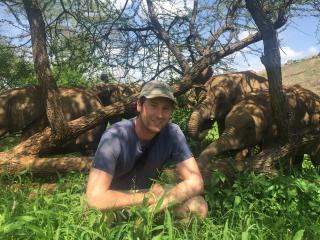














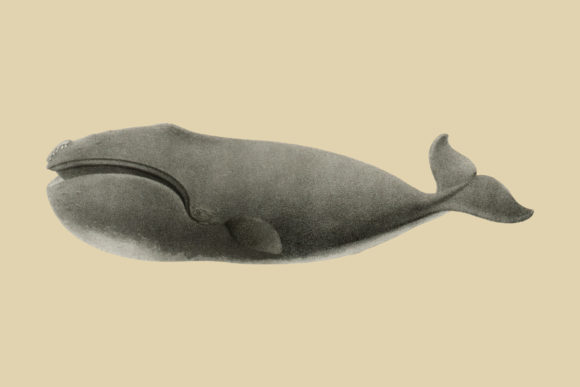
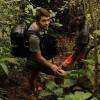
















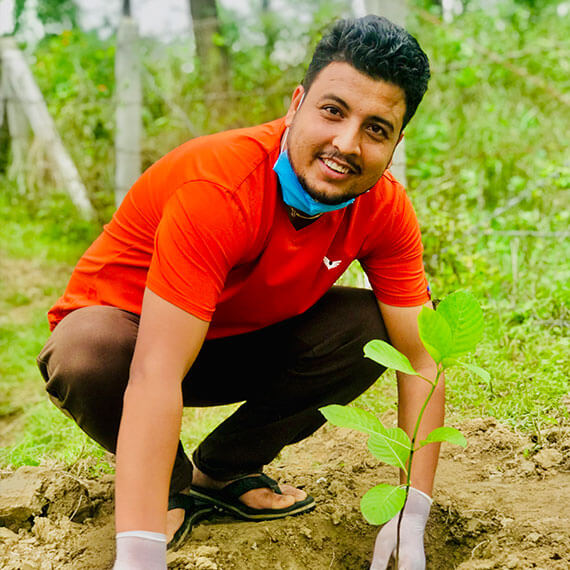









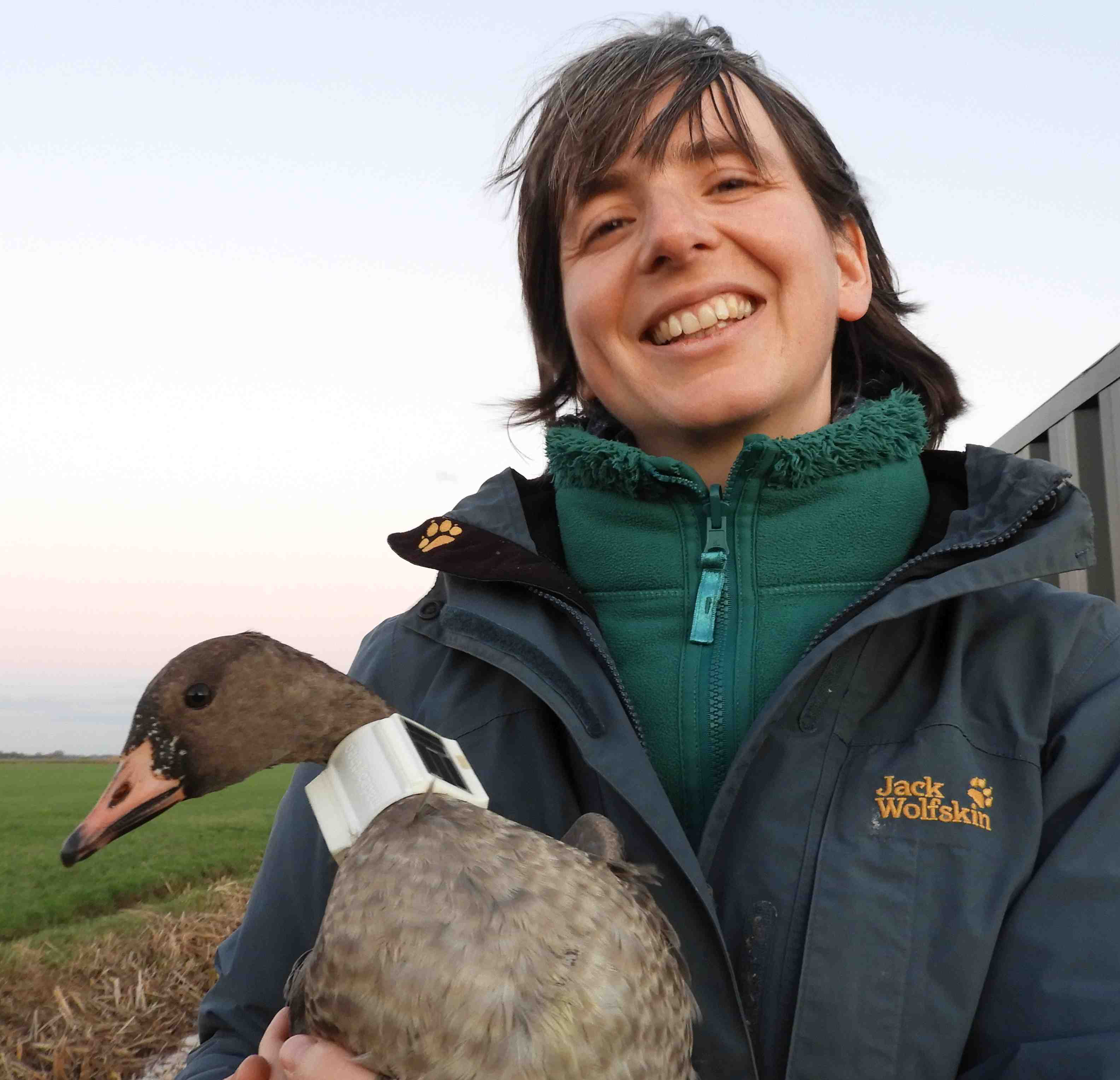
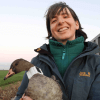












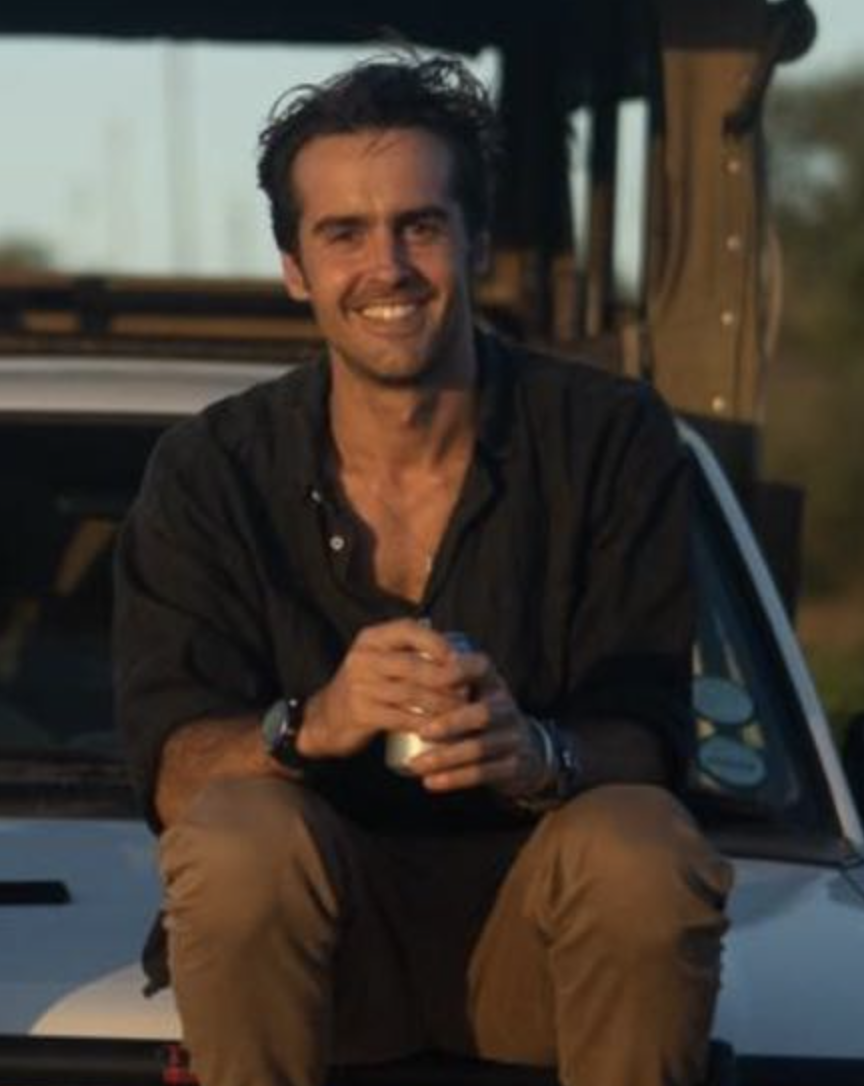



3 March 2023 3:12pm
Super initiative! I hope you get a lot of entries to this coding challenge!